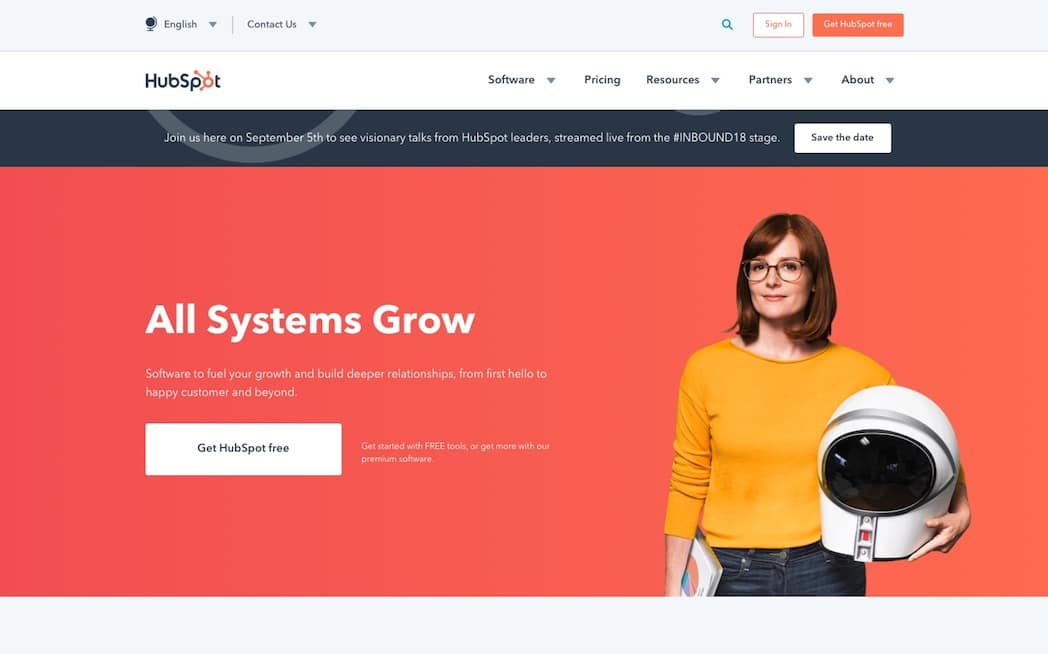It was 15 years ago when I signed up my first Google SEO client. Then, I was a one-person company. So, naturally, I was the salesperson as well as the SEO specialist. It wasn’t until three years later that I stopped doing SEO altogether after I had a team to help.
Recently, I felt I needed to get back into optimization again in order to sharpen my skills in SEO and learn what my team of engineers is doing. I am surprised as how different SEO is now compared to 12 years ago and equally surprised as what remains the same. So, here, I’d like to point out the things that have changed and the things that are new as well as what has not changed since then.
What Remains the Same:
- Content is King:
Content of each site was one of the most important elements of SEO 12 years ago. It is still the same. Content must be unique, up-to-date, error-free and long. With the exception of length, nothing has changed in respect to the importance of Content. So, if you want to have a successful Google SEO campaign, focus on developing a strong content for your site. The more pages of content and the longer your site’s content is, the better you’ll be ranked on Google.
Content includes text, images and videos. Although, text is more important than the rest. Using unique images and unique videos on your site adds to your site’s love portion when it comes to Google.
- Meta Tags:
Google has always paid lots of attention to your site’s Titles and Descriptions. That remains the same. Title is the the text that goes between <title> and </title> on the backend of your site. It’s also what is shown on Google search results pages (SERP’s) in blue. Arguably, this is the most important element of SEO – and remains the same.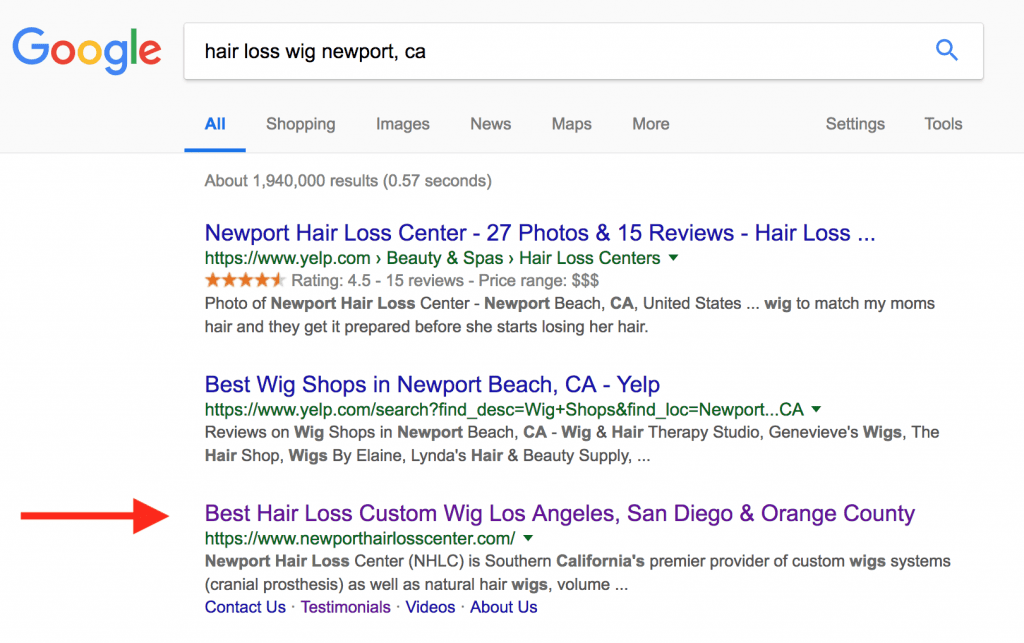
In the title tag, we always place your site’s most important keywords as well as locations. It’s important to note that you should avoid putting any unrelevant keywords in the title tag (or hearder tags explained below). You should also avoid putting too many words there. My standard is 5-6 words max (the shorter the title tag, the more powerfu isl the effect of SEO on the keywords within the title tag. Description is what goes after <meta name=”description” content=”.It’s usally a paragraph of text describing what your site’s page is about. This section also shows on Google’s SERP’s under title and domain.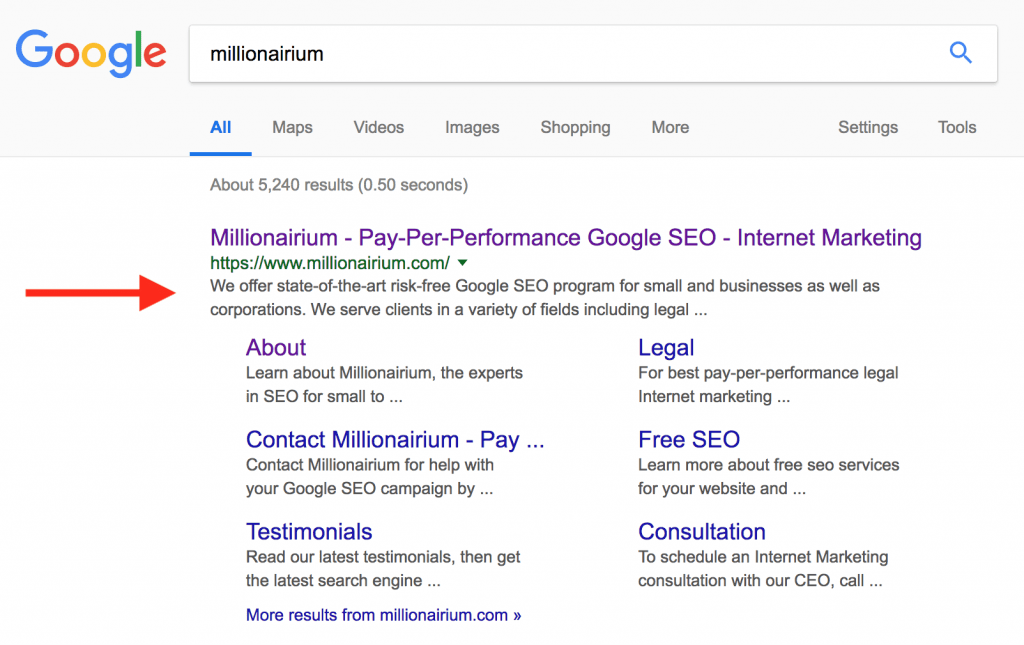
- Header Tags:
Arguably, the second most important element of SEO are H1 tags. This is the title of your site’s page that is readable to your site’s visitors.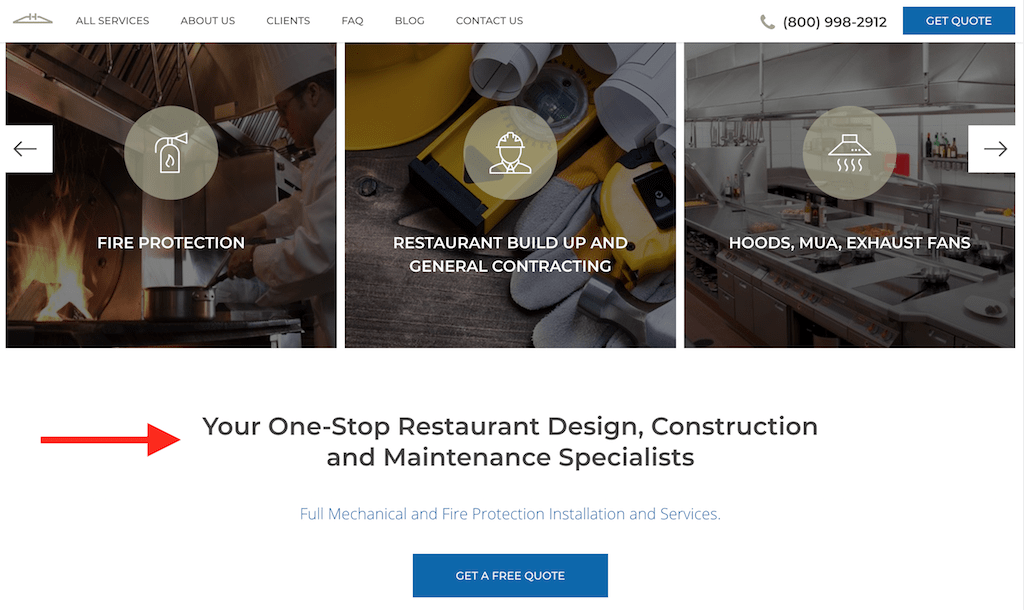
- Black-Hat SEO:
In every business, there are the evil ones. SEO is no different. From day one, black-hat SEO has tried to trick Google and place irrelevant or weak sites at the top of SERP’s. Google has fought back and has always won the battle against these evil-doers. That’s why Google is still the top search engine.Black-hat techniques didn’t work 12 years ago (at least not for long) and they still remain ineffective against Google’s powerful algorithm. There are many black-hat SEO techniques that didn’t work then and don’t work now either. Here is a short list of important ones:- Duplicate content – copy/pasting content from other sites
- Doorway pages or cloacking – showoing one page to Google and another to your site’s visitor
- Keyword stuffing – adding too many keywords or one keyword too many times
- Hiding keywords – through many methods including colors, font-size, behind background, etc.
- Site Speed:
I was not aware of this at the time, but I realize this now that Google has always paid attention to the load-speed of each site. The faster a site loads, the higher it’ll rank on Google. Try to have your site’s pages load within three seconds or less. Tought to do if you have image/video heavy sites. That’s why we always recommend flat design sites.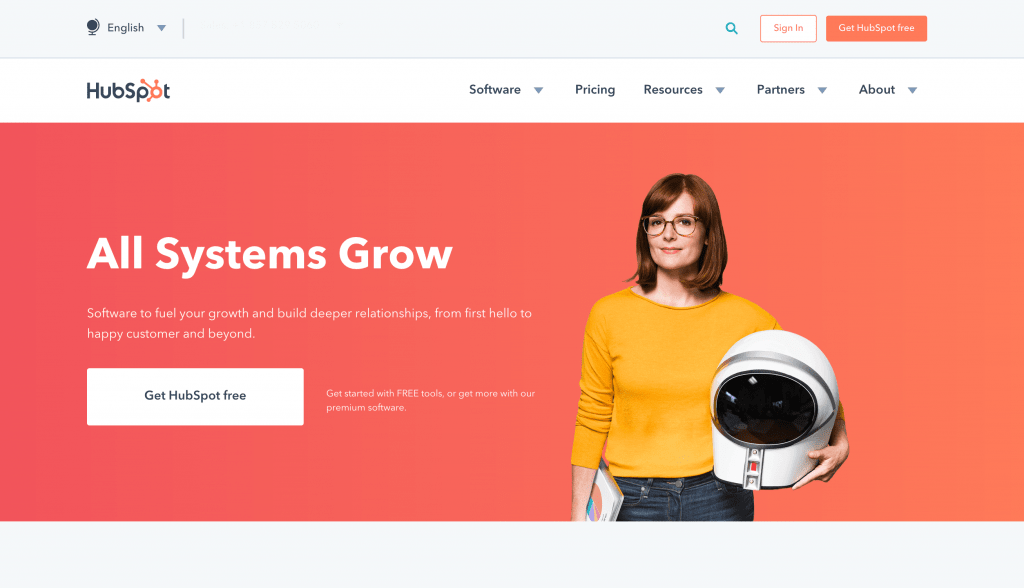
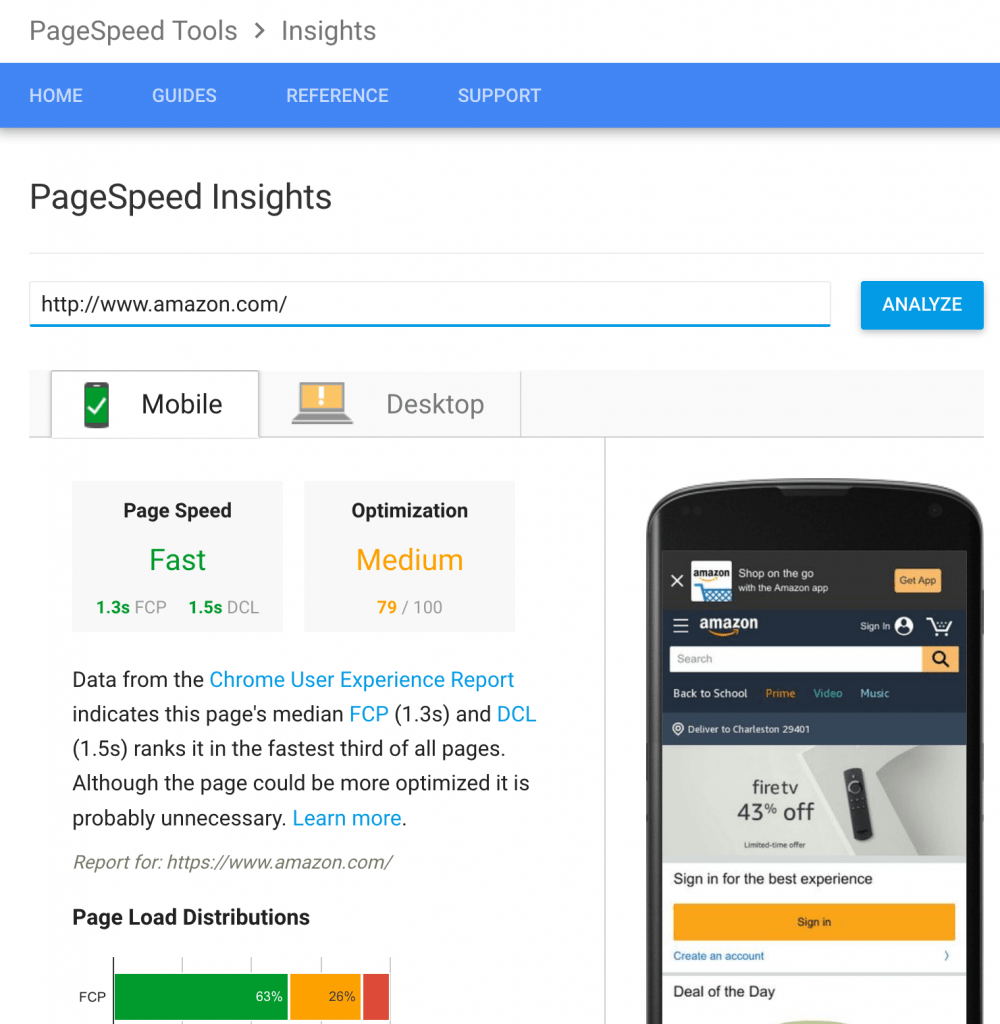
- Sitemaps:
We have two kinds of sitemaps: HTML and XML. They serve two different audiences. XML is designed for the search engines and HTML for your site’s visitors (although search engines use HTML sitemaps as well).Another difference is that XML sitemaps update automatically and Google sees the change immediately as well, but HTML sitemaps need to be updated manually (in most cases). Make sure your site has both sitemaps for the best SEO results. - Permalinks:
Your pages’ names should be optimized for best positions on Google – but not over-optimized. Here is an example of a permalink:With permalink:
www.toporganicleads.com/pay-per-performance-google-seo-case-study-3-hessstudios-org/Without Permalink:
www.toporganicleads.com/2017/11/article-52041 - Having one URL:
There are a minimum of four ways your site’s URL could be viewd:- With www. i.e. www.toporganicleads.com
- Without www. i.e. toporganicleads.com
- With https: https://www.toporganicleads.com
- Wihout https: https://www.toporganicleads.com
Google would get confused if your site loads in more than one for of the above. Specially if other sites link to your site using different versions of your site. Thus your rankings on Google would be negatively affected.
To avoid this issue, we recommend using only one version of the site in all of your optimization work and redirecting the rest to that one version. Preferably, you should use www. as well as https.
Needless to say that if you’re hosting your site on more than one domain, Google will see them as two different sites and would penalize one or both of the sites. To avoid this, redirect one of the domains to the more important one and only optimize one domain for each site.
What Has Changed:
- Website Usability/Visitor Retention/Conversions:
12 years ago, not many businesses paid attention to their site’s performance in terms of usability, visitor retention and conversion rates. Perhaps Google didn’t have the ability to monitor these factors. But in technology years, we’ve moved many light years away from what was available to us then.With no doubt, Google is paying very close attention on how your site is performing and how your site’s visitors are behaving once they land on your site.- How fast does your site load?
- Are the visitors leaving your site soon after landing on it? (This is different than bounce rate – because we are now able to see how long they stay before they leave).
- How many pages does a visitor look at?
- What’s the time they spend on each page?
- What’s your site’s conversion rate?
By making your site user-friendly and providing solutions to visitors’ needs, you tell Google your site is suited to be placed at the top of the SERP’s.
- Keywords in Domain:
Google has gone back and forth a few times in giving importance to keywords in domains or not. Twelve years ago, Google placed sites with keywords in the domain at the top – giving too much importance to it. Since then, it’s not as crucial to have keywords within your domain, but it remains an important element of SEO.So, without over-optimizing, it’s best if your business name contains one or more of your keywords (so you can have them in your domain). - Google Search Console (Webmaster Tools):
12 years ago, Webmaster Tools existed, however, today, it offers much more than 12 years ago. It provides useful insights into how your site is performing and gives you feedback on possible issues related to your site. From 404 not found pages to broken links to sites with most visitors.It’s a great tool for any site owner/SEO expert to understand how Google views each site. - Link Building:
Google started to rank sites mainly based on their link-popularity. The more links a site had and the more popular those sites where, a site would rank higher. With Penguin update in 2012, Google penalized most sites that were involved in any shape of link-building. This was by far the most radical Google algorithm update in Google’s history. Consequently, many Google SEO companies went out of business as their main focus was artificial link-building.We were no different. We also believed in organic link-building. So, we lost ranks for about half of our clients and we almost went bankrupt. Since then, we changed our approach and we do not engage in any sort of link-building for our clients. The results has been slower, but more secure and risk-free improvements of our clients’ ranks on Google – and we’re happy with the results.
What’s New:
- Conversion Monitoring:12 years ago, no one thought you could monitor your site’s conversions to see where the leads you get are coming from – precisely. Now, I believe without conversion monitoring, you cannot engage in effective Google SEO. Afterall, we argued that your site’s performance is more important for Google than ever.
- Google Reviews:
Google used third-party reviews 12 years ago. Now, Google reviews are more important than all the SEO efforts combined. The more five-star reviews you get on Google, the better your site will rank – at least on Google Maps section. Further, your customers are paying close attention to your reviews and will only contact you if you have better reviews than your competitors. - Canonicalization:
With canonicalization tag, you can tell Google which of your site’s pages are the original and which should not be listed on Google search results. To read more about the benfits of cannonicalization and how to use it, read this page. - SSL, HTTPS:
Google has said that it prefers sites that are secure. Using SSL certificates (making your site HTTPS) encrypts the data that is transfered from your site – thus making it safer for your site’s visitors when they fill out forms or pay on your site. - Schema:
Schema tags developed mainly by Google and Yahoo! intends to help the search engines understand your site better and improve the SERP’s listings.
Having Schema tags in your site’s code will help the search engines rank you better for the keywords you intend to rank better, because you’re helping the search engines to understand your code better. To learn more about Schema, click here.
My team is happy that came down to their floor and started to optimize a site with them. I’m happy that my team is very professional and looks at every possible way to improve our clients’ rankings on Google. Google SEO is a challenge that requires expertise, dedication and hard work to bear results. But results are rewarding and sweet. And we’re happy to make the Internet a better place by helping small businesses climb on the ladder of Google.
If you have any questions on Google SEO – whether I mentioned the topic here or not – feel free to leave a comment. We’d love to hear your feedback.

